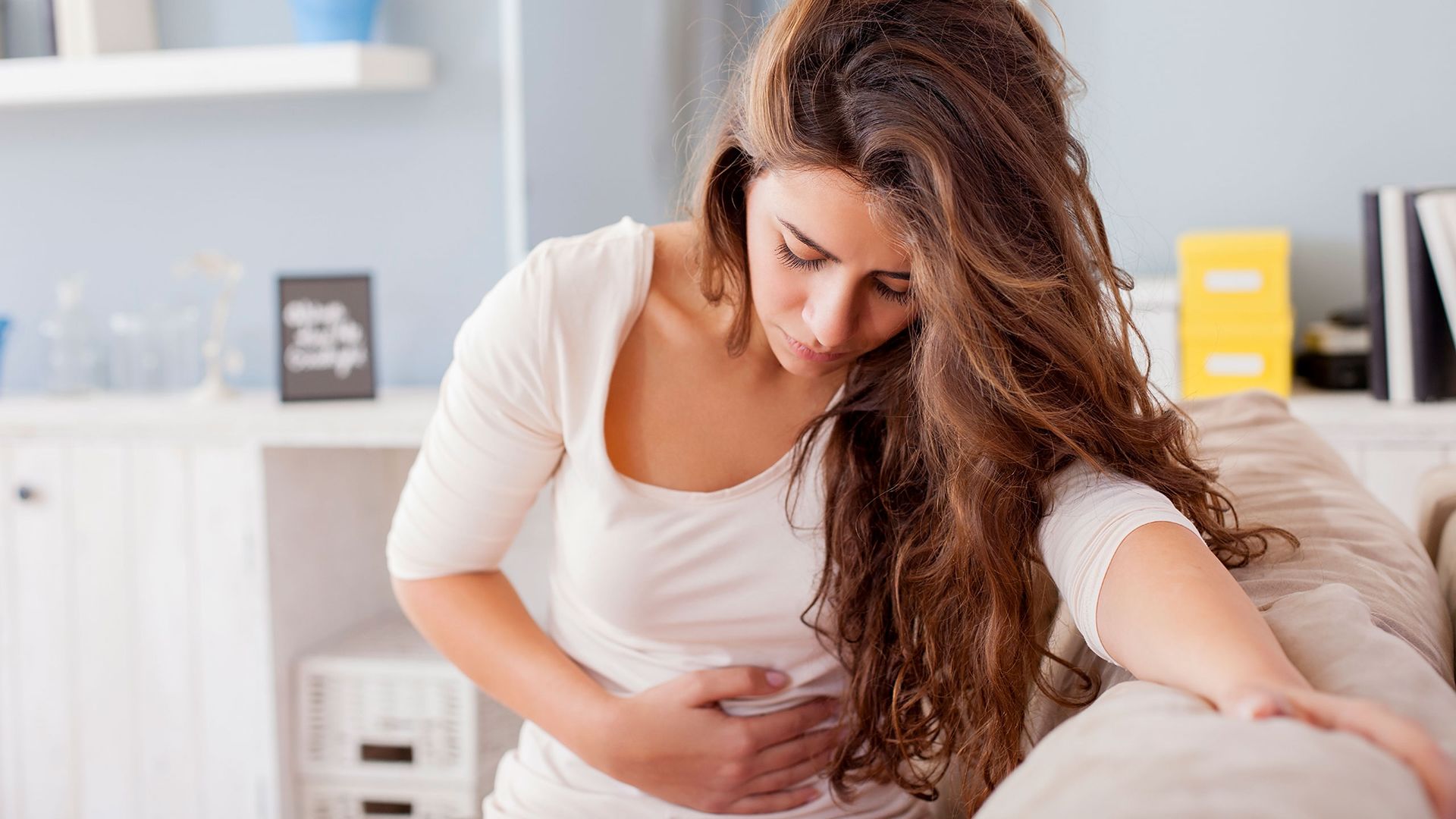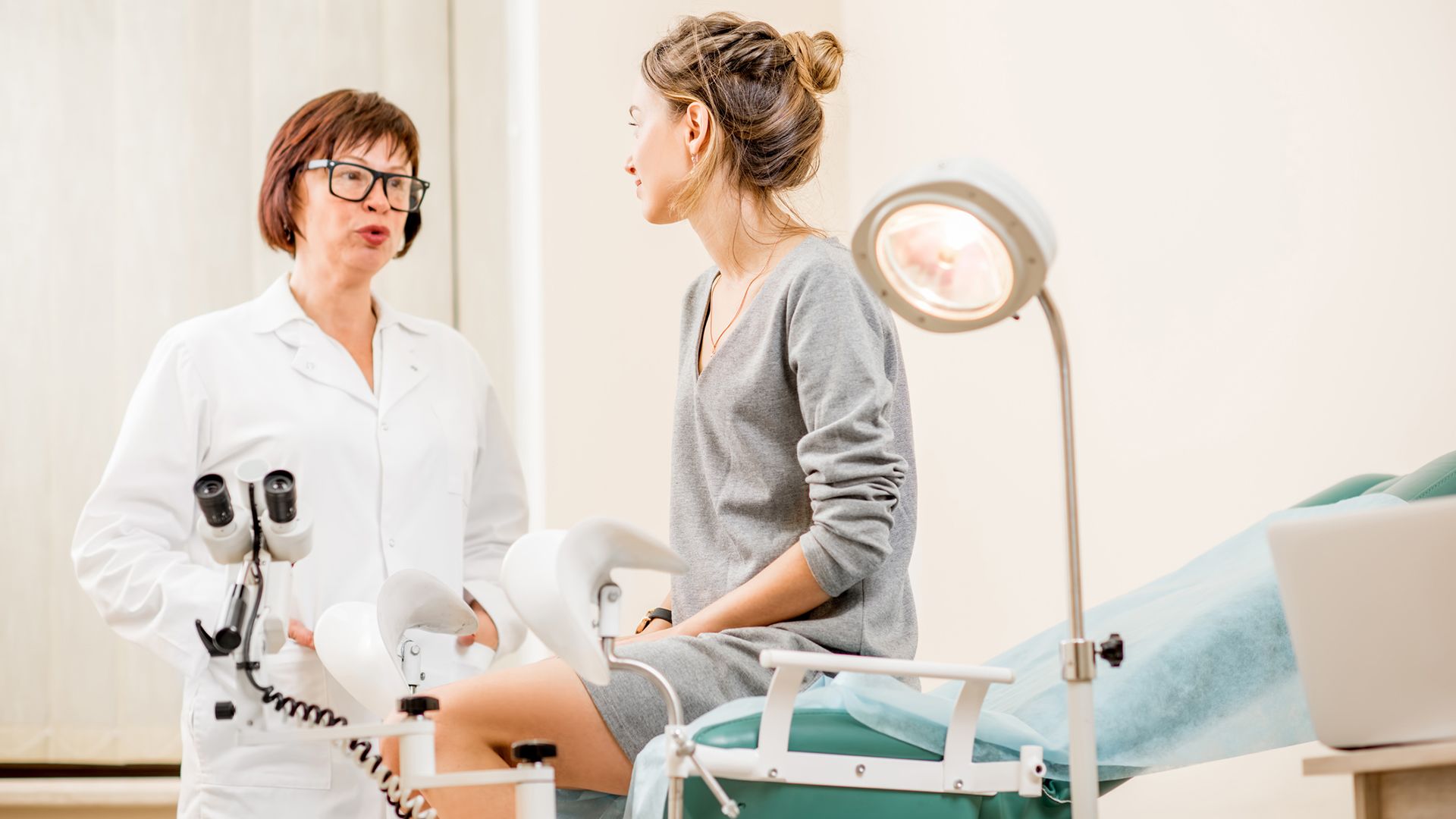Updated on October 10, 2024
One of the first questions on a person’s mind when they’re diagnosed with a health condition is often: What caused this?
Unfortunately, this question does not always have an answer, as is the case with endometriosis.
The word endometriosis refers to both the condition itself as well as the abnormal tissue that characterizes the condition. This abnormal tissue is similar to endometrium, the tissue that lines the uterus and is shed during menstruation. While endometrium is confined to the uterus, endometriosis grows outside the uterus and on organs surrounding the uterus. These can include the:
- Fallopian tubes
- Ovaries
- Outer surface of the uterus
- Vagina, cervix, and vulva
- Intestines and rectum
- Bladder
- Connective tissues in the pelvic region
This can cause many symptoms, which can range in severity. Some people with endometriosis only have mild symptoms. Others experience severe pelvic pain, heavy menstruation, and painful intercourse. They can damage the reproductive organs. Some people with endometriosis may have difficulty getting pregnant.
The exact cause of endometriosis is unknown, and medical research has not been able to explain why some people have it while others do not. However, there are several theories as to why the condition occurs.
Circulatory or lymphatic spread
One theory proposes that endometrial tissue spreads to other parts of the body through the circulatory or lymphatic systems. The idea is that endometrial cells are carried through the body along with blood or lymph (a fluid containing white blood cells) and implant in other tissues. This theory would help explain why endometriosis can sometimes be found in distant areas of the body, such as the lungs, brain, and skin.
Metaplasia
This term refers to the ability of certain cells to change into different types of cells. The theory proposes that cells located outside the uterus change into endometrial cells in response to hormonal and/or inflammatory factors. It could help explain why endometriosis has been found in girls who haven’t had their first period yet. It may also help explain why it can be found in distant parts of the body, and why it can occur in people without a womb, like women who have had a hysterectomy and, in very rare cases, men.
Retrograde menstruation
This is one of the oldest theories about the cause of endometriosis. The idea is that during menstruation, menstrual blood containing endometrial tissue moves back through the fallopian tubes and onto organs around the uterus. This tissue then grows and implants into other tissue. This theory has been debated more in recent years.
Stem cell recruitment theory
Stem cells are special cells that can turn into many other kinds of cells. Some experts believe that stem cells made in bone marrow may become cells that cause endometriosis. Others think that stem cells formed in the endometrial tissue inside the uterus are pushed outside the organ via retrograde menstruation. These cells then cause endometriosis.
Embryogenetic theory
Every human fetus has two sets of tubes, called the Wolffian and Müllerian ducts. As a fetus grows during pregnancy, these ducts develop into reproductive organs. The embryogenetic theory proposes that some of the cells from these ducts get left over in the body and stay hidden until puberty. Then, hormones interact with them and lead to endometriosis.
Additional theories and risk factors
None of the theories mentioned here adequately explain why endometriosis occurs, and why it develops in some people and not others, though research is ongoing. In addition to what is discussed above, there are other potential factors that may play a role in the development:
- Genetics. Women who have a first-degree family member with endometriosis, such as a mother or a sister, are at a higher risk of having it themselves.
- Immune system. One role of the immune system is to destroy abnormal cells, which should mean that it destroys endometriosis cells. However, people with the condition may have an altered immune response that allows endometriosis cells to persist.
- Hormones. Endometriosis appears to be tied to an imbalance or abnormal functioning of the hormone receptors for estrogen and progesterone, though research is ongoing.
- Endocrine-disrupting chemicals (EDCs). Certain man-made chemicals, either on their own or in combination with other substances, may disrupt hormones in a way that contributes to endometriosis. These include chemicals commonly used in manufacturing, such as dioxins, PCBs, BPA, and phthalates.
Risk factors for endometriosis include:
- Having a family history of the condition
- Menstruating for the first time before age 11
- Having short monthly menstrual cycles (fewer than 27 days in duration)
- Heavy menstrual bleeding and/or bleeding that lasts longer than 7 days
- Giving birth for the first time after the age of 30
- Never having given birth
No risk factor is a guarantee that a person will have a disease or disorder, and as mentioned above, none of these theories adequately explain why endometriosis occurs. The best thing people with and without endometriosis can do for their reproductive health is work with a healthcare provider for regular exams and to address any health issues and concerns.






